SWEDIAN LIE & NATALIE GALLAGHER
In the wake of the U.S. Treasury Department’s decision to place Harriet Tubman on the front of the $20 bill (and move Andrew Jackson to the back), we decided to look a little deeper into gender representation on currencies — specifically bank notes — in particular focusing on how the representation of figures and non-figures on bank notes represent an insight into what sovereign governments deem is most valuable (literally and figuratively).
When there is a clear difference in opinion between the government and the general populace on who and/or what should be on their money — the very thing that represents “value” — it has the ability to illuminate national power dynamics.
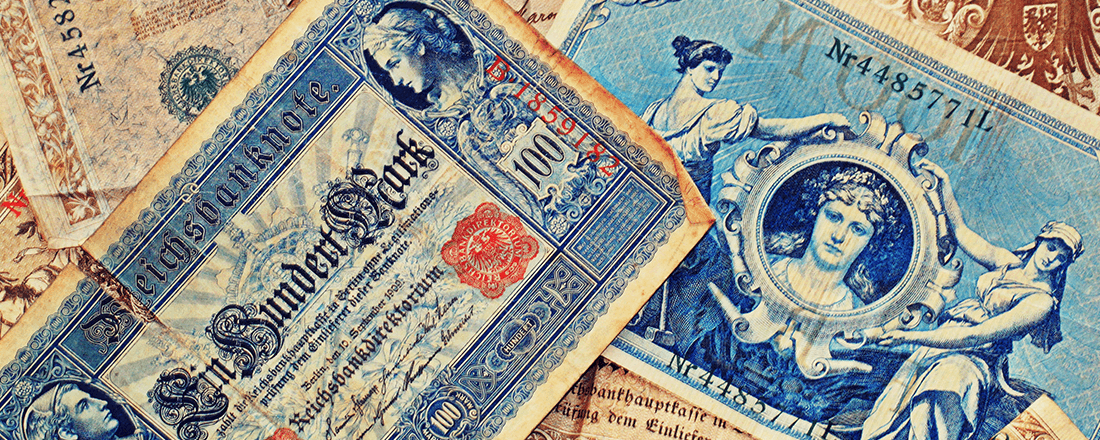
How Many Women are Currently on Bank Notes?
Vox did an extensive study into this very question, showing that out of 196 countries, only 48 of them have a woman on their bank notes.
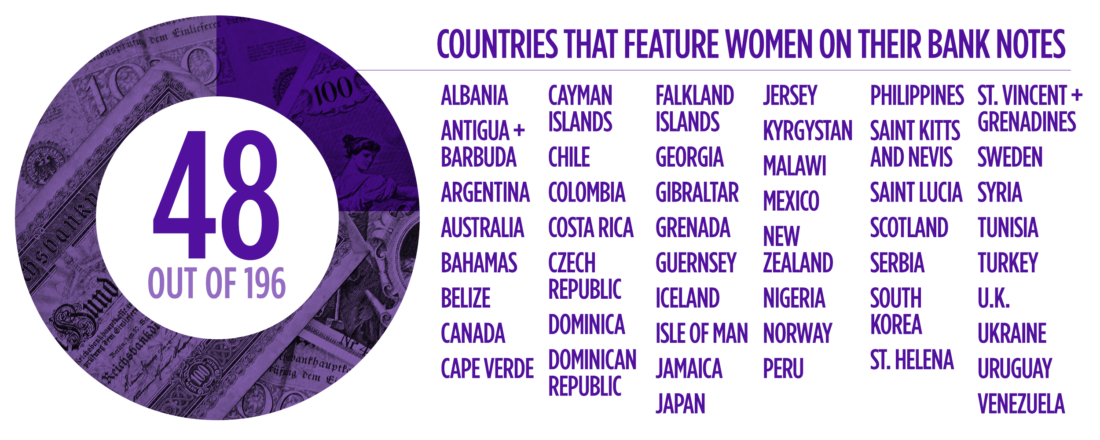
Source: Vox
Their findings also show that out of “all [bank note] denominations, the 48 countries above circulate a total of 120 bills that feature 46 women. Worldwide, there are roughly 1,300 bills total.” This amounts to a little over 9%, which is not that far off from this Huffington Post article by Shir Nosatzki, where she estimated 8% of bank notes of currencies around the world would feature women.
Who are the Women on the Bank Notes?

Left to right: Gabriela Mistral, Greta Garbo, Frida Kahlo, Eva Perón | Source: Various
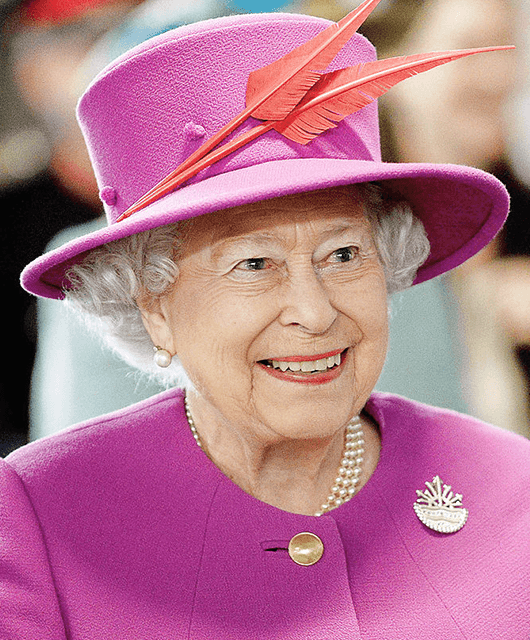
Queen Elizabeth II | Source: Wikimedia Commons
From the same Vox study, some of the notable women represented include Chilean Nobel Prize-winning poet Gabriela Mistral, Swedish actress Greta Garbo, Mexican feminist artist and activist Frida Kahlo, and one of the most famous First Ladies (and the subject of a classic musical) Eva Perón. But arguably the most famous — and most represented — woman on this list is Queen Elizabeth II, appearing an amazing 18 times (ergo, appearing on 18 different national currencies). If you were to count coinages, she would have appeared on 35 different national currencies — an official Guinness World Record.
Her appearance is unsurprising given her position as the head of the British Commonwealth, of which many of the 18 nations that feature her on their bank notes are former members. What’s more interesting is why she’s still on the bills.
Symbolic Royalties
Here’s our hypothesis: as a symbolic monarch, the use of her portrait on bills represents a symbolic and historical connection to the British Commonwealth without any practical or functional allegiance and/or alliance with the current British government. Thus her presence merely re-enacts a historical relationship, but does not represent any true power dynamic between the British government and the ex-Commonwealth nation. Therefore, there is no political threat in featuring her.
Four other countries take this tactic of featuring female symbolic royalty to another level — they feature long-dead symbolic royalty in order to re-enact their connection to a longstanding cultural and historical legacy:
- Georgia (Queen Tamar)
- Syria (Zenobia)
- Tunisia (Dido, also known as Elissa)
- Czech Republic (Agnes of Bohemia — a Bohemian princess)
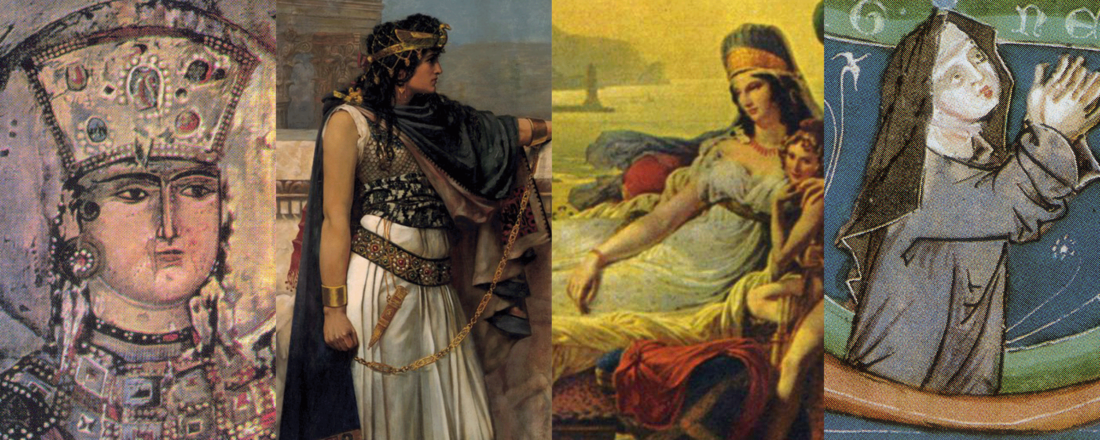
Left to right: Tamar, Zenobia, Dido, Agnes of Bohemia | Source: Various
For all of them, the presence of these women re-enacts & re-establishes a historical & cultural relationship that reinforces national identity but does not have any true bearing or influence on how the country and its society currently function. Just look at Syria, where ISIS is decimating the ruins of the Palmyrene Empire — the civilization that Zenobia once reigned over.
To be fair, plenty of other countries have featured women whose legacies are more politically contentious. But it’s important to recognize that for some countries, featuring women involved in politics (royalty or not) on their bills is often a decision to “perform/re-perform” history and/or historical relationships in a politically stable manner.
Creative Currencies
Looking at the Vox study again, many of the women featured are involved in the arts. Whether as writer, poet, artist, actress, or singer, these women have left behind robust creative legacies that enabled them to obtain a place on their nation’s bank notes. We’ve already mentioned Mistral, Garbo, and Kahlo, but there is also Australian opera singer Nellie Melba, Nigerian potter Ladi Kwali, Norwegian opera singer Kirsten Flagstad, Swedish writer Astrid Lindgren (creator of the beloved Pippi Longstocking), Swiss painter & sculptor Sophie Taeuber-Arp, Turkish activist and first female Muslim novelist Fatma Aliye Topuz, and many others.
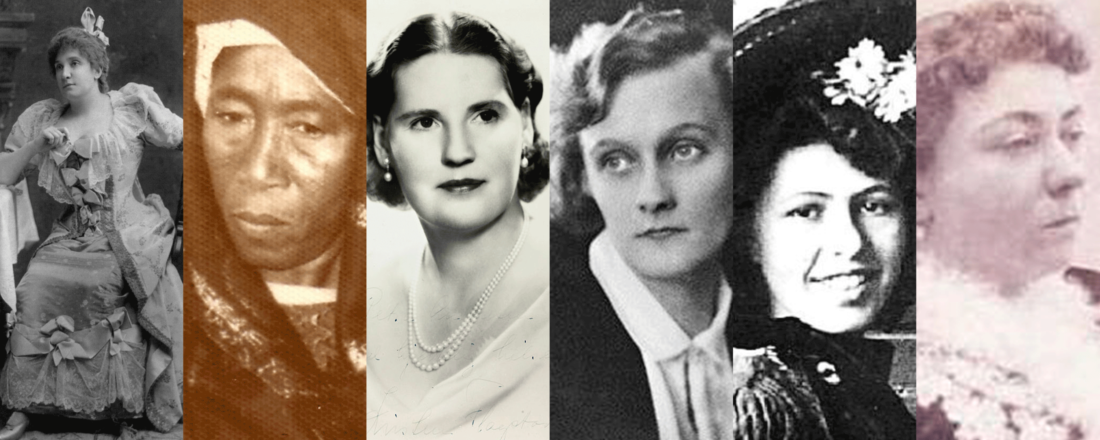
Left to right: Nellie Melba, Ladi Kwali, Kirsten Flagstad, Astrid Lindgren, Sophie Taeuber-Arp, Fatma Aliye Topuz | Source: Various
By being featured on bank notes, these women have entered some sort of official record of what the government deems valuable. If one is to be cynical, one can make the argument that by printing their faces on bills, their respective governments are in part revising their creative legacy into a particularly patriotic one, serving the promotional purposes of solidifying national identity. Their legacy becomes creative currency.
Geometry is Safer than Gender
Precisely because of the potentially controversial nature of figuring out who to put on bank notes (just ask Jack Lew), some nations have moved towards the direction of featuring non-human figures on their bills. The European Central Bank has been doing this since they and the Euro were created, choosing to feature European architectural styles instead of any individual.
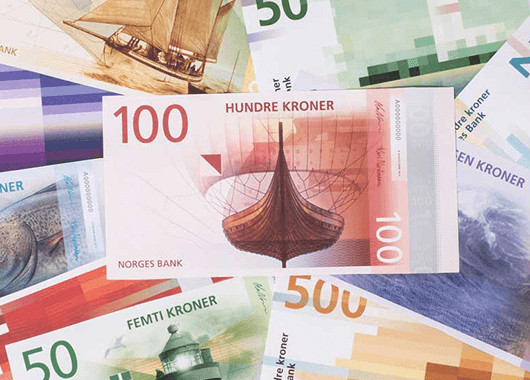
New designs for the Norwegian krone | Source: Norges Bank
Norway — which, as we mentioned earlier, did feature a woman on its bills — is moving towards abstraction in a new design. According to Hilde Singsaas of Norges Bank (Norway’s central bank), “the aim [is] to find a recurrent theme binding the banknotes together into a coherent whole.”
Portraits as Players
The chairman of the General Council of Riksbank (Sweden’s central bank), Susanne Eberstein said, “Every person that you put on a banknote will garner some negative and some positive feedback.” Even as static portraits, these individuals have legacies and connotations that continue to perform as players within the intangible space of cultural and political understanding. As Nosatzki so aptly said, “Sometimes bills do not only reflect the reality, but also create it, and this particularly deserves our attention.”
Having the awareness to recognize these faces as not just faces allow us as users of these bills to recognize what’s valuable in the eyes of our government — and, when it does not align to what we find valuable, whether we should act to change that.






